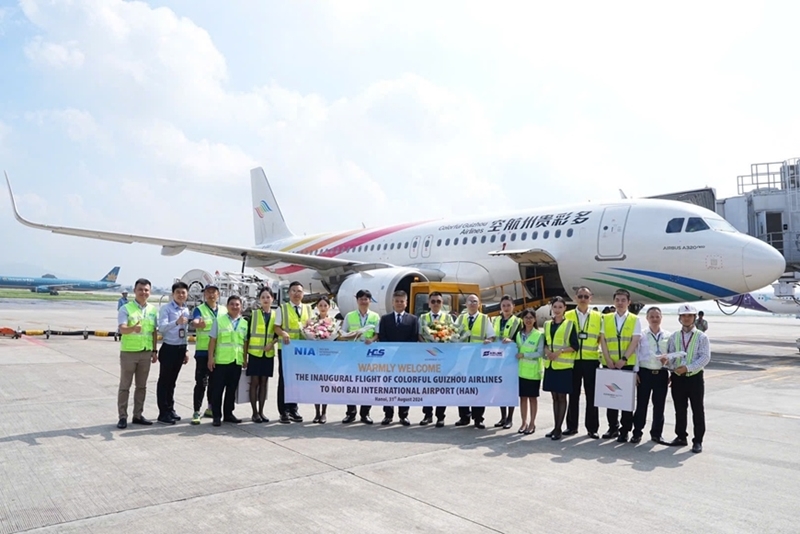 |
| A Colorful Guizhou Airlines flight carrying 154 passengers aboard from Guiyang city in China touched down at Noi Bai International Airport in Hanoi on August 31. (Photo: qdnd.vn) |
Following the opening of this route, Colorful Guizhou Airlines has chosen Hanoi to be the airlines’ first international destination.
The airline has scheduled three round-trip flights on Tuesdays, Thursdays, and Saturdays each week, making use of the modern wide-body aircraft Airbus A320.
It will help to shorten the travel time from Guiyang to Hanoi with a flight duration of about two hours. Previously traveling by road from Guiyang to Hanoi takes around 12 hours.
Founded back in 2015, Colorful Guizhou Airlines is a Chinese airline which offers domestic flights throughout western China, with the airline based at Guiyang Longdongbao International Airport.
Noi Bai International Airport in Hanoi is the country’s second largest and busiest international airport for passenger traffic, after Tan Son Nhat International Airport in Ho Chi Minh City.
The airport is currently the main hub of flag carrier Vietnam Airlines, travel carrier Vietravel Airlines, and an operating base of budget carriers Bamboo Airways and VietJet Air.
Bhutan Airlines to run new route connecting HCM City to Paro
According to VOV, Bhutan's first private airline Bhutan Airlines is set to officially launch a direct air route between Ho Chi Minh City and Paro city of Bhutan from 2025.
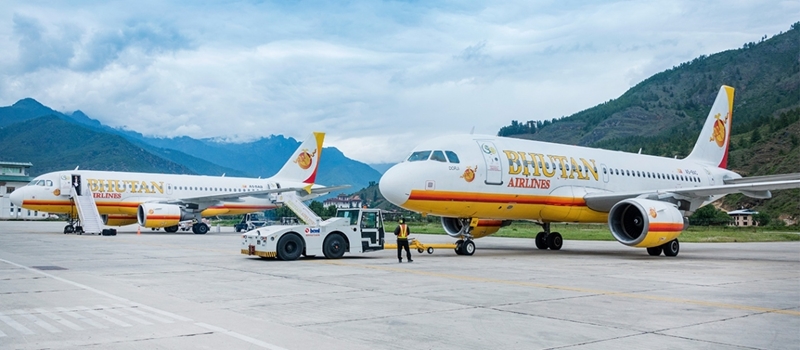 |
| Bhutan Airlines to run new route connecting HCM City to Paro (Source: VOV) |
The route will operate a total of 10 two-way flights annually, making use of the modern wide-body aircraft Airbus A319.
As part of this occasion, Bhutan Airlines is offering round-trip tickets priced at US$1,050 each for business class ticket and US$900 each for those flying economy class, including taxes and fees.
Pema Nadik, CEO of Bhutan Airlines, said the event aims to meet growing travel demand of both sides, while simultaneously promoting trade and cultural exchanges between the two countries. Bhutan is located in South Asia and is landlocked between India, Tibet, China, and Nepal.
This comes after Bhutan was named as the happiest country in the world as it had successfully developed and implemented the Gross National Happiness (GNH), which was conceptualized in 1972 and officially became part of Bhutan's constitution in 2008.
Vietnam eyes green solutions for transportation sector
In the context of sustainable growth as a trend in the global economy, many transportation companies in Vietnam are striving to build environmentally friendly supply chains as a competitive advantage in delivery and market expansion, especially given that transportation accounts for up to 37% of global greenhouse gas emissions, according to VNA.
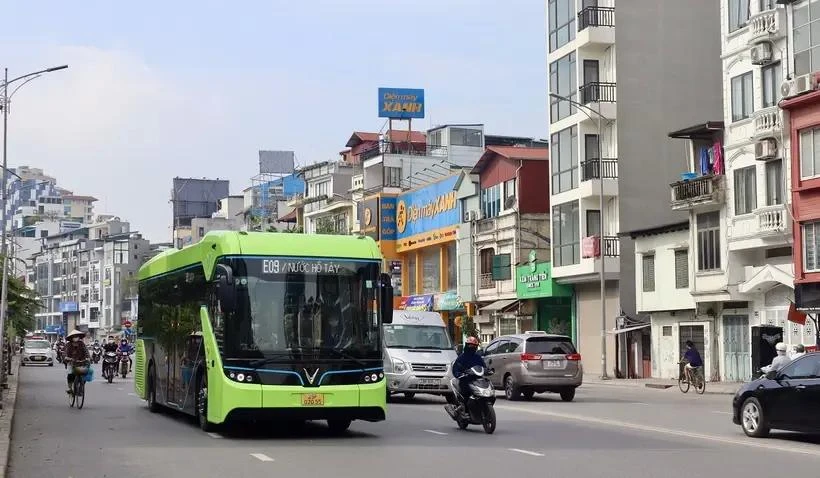 |
Hanoi launches additional electric bus routes to reduce greenhouse gas emissions into the environment.
(Photo: VNA) |
Green transportation refers to the use of environmentally friendly modes of transportation that minimize emissions and reduce reliance on fossil fuels by using electric or hybrid vehicles, as well as biofuels and other sustainable fuels.
However, transportation infrastructure in Vietnam is still incomplete, especially in remote areas. This poses challenges for the use of environmentally friendly means of transportation, such as electric vehicles (EV). The lack of support infrastructure, such as EV charging stations, green warehouses, and distribution centres is also a barrier for businesses.
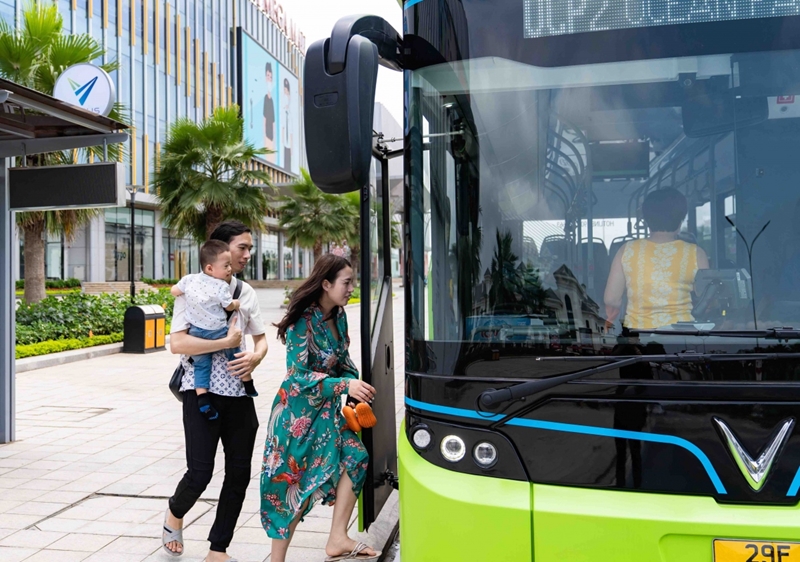 |
| Photo for illustration (Source: daibieunhandan.vn) |
Nguyen Thi Phuong Hien, Deputy Director of the Transport Development & Strategy Institute, stated that the transportation development strategy aims to promote green logistics toward sustainable growth in Vietnam through the implementation of strategies for green freight transportation, as well as for maritime, aviation, railway, inland waterways, and road sectors. The ultimate goal is to achieve net-zero emissions in the transportation system by 2050.
Vice President of the Vietnam Maritime Corporation Le Quang Trung said that a large number of ships operated by Vietnamese shipping companies are aging and do not meet the carbon emission reduction requirements set by the International Maritime Organisation (IMO). When participating in international shipping routes, these vessels are forced to reduce engine power, which can lead to technical damage and significantly lower ship speeds. Some are aged to the point where it only makes sense to take them out of service.
To meet the IMO requirement of reducing carbon emissions by at least 2% annually, ship owners must not only equip their vessels with additional technology but also undertake significant structural modifications or invest in ships using alternative fuels such as liquefied natural gas (LNG) or methanol.
Currently, the Ministry of Transport is implementing the National Green Growth Strategy for the 2021-2030 period, with a vision to 2050, as approved by the Prime Minister. This involves reviewing and recommending adjustments to transportation development projects to ensure the restructuring of transportation market share towards green and sustainable growth.
In addition, the sector is focusing on applying digital technology to optimize the management and operation of transportation infrastructure and activities, ensuring safe and smooth transportation while reducing energy consumption.
Sugarcane shrimp paste: A tasty Vietnamese dish
VNS reported that Vietnamese shrimp paste wrapped around a sugarcane stick, locally known as ‘chao tom’, is among Vietnam’s must-try dishes.
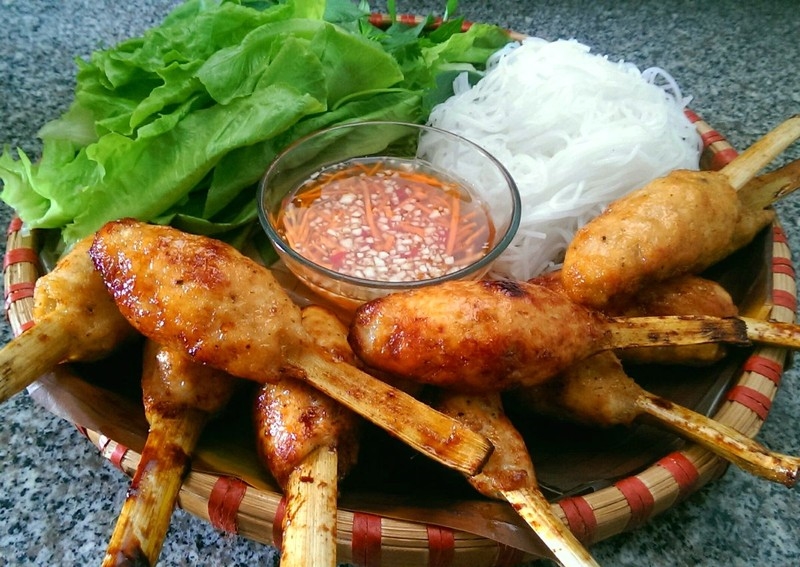 |
| Sugarcane shrimp paste: A tasty Vietnamese dish |
Originating from imperial city of Hue, ‘chao tom’ had been created in the past by skilled chefs to offer to kings, but it is now a popular dish in all Vietnam’s three regions.
To cook this dish, the shrimp should be peeled of its shells before patting it dry with kitchen towel and then soaking it in salted water for one hour in the fridge.
Pork fat should be cut into pieces in pomegranate seed form, then soaked in water with one teaspoon of sugar and again left in the fridge for 30 minutes.
Once drained, the two ingredients need to be finely ground, first with diced white fresh onion, then adding in pork paste and flounder fillet and continuing to grind it for a second time. Add all the other ingredients are then added the paste is ground again for a third time until the mixture is completely fine.
The last step is to wrap a spoonful or so of the mix around a piece of sugarcane in chicken leg form, then steam it for five minutes before frying it in cooking oil until it becomes a golden yellow in colour.
The final completed dish is ready when all the ‘chao tom’ sticks are bright yellow in colour. A taste that is both savoury and firm with a naturally sweet flavour from the fresh shrimp and the sugarcane.
It is enjoyable when eaten with rice noodles and herbs and dipped in chilli sauce./.